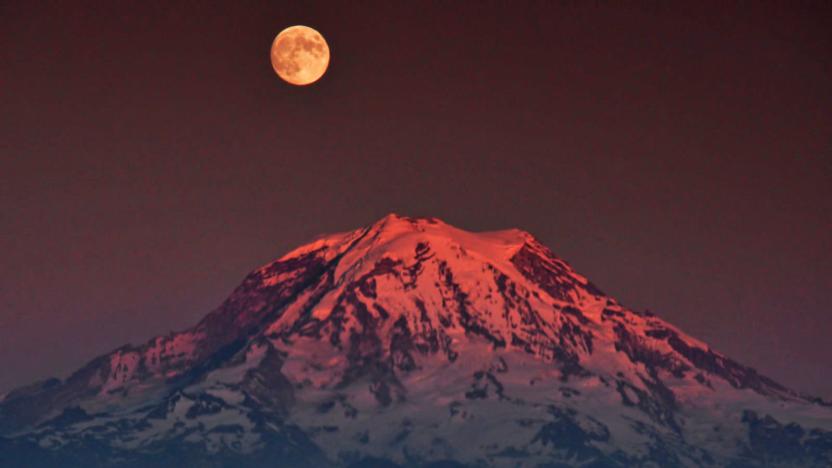Chandrayaan-1
Latest

NASA confirms the presence of ice at the moon's poles
There's water ice on the surface of the moon, a team of scientists has confirmed, and future expeditions could harvest it for human settlements. They used data collected by NASA's Moon Mineralogy Mapper (M3) instrument aboard India's Chandrayaan-1 spacecraft to prove its presence and found ice deposits at the moon's poles. The idea that Earth's natural satellite has pockets of ice hiding in the shadows permanently hidden from the sun isn't anything new -- previous probes sent back data containing evidence of their existence. However, NASA says this is the "first time scientists have directly observed definitive evidence" that there's water ice on what people previously thought was a barren space rock.

Water could be extracted all over the Moon, not just at its poles
If we're ever going to colonize another world, we can't rely solely on the supplies we bring with us. We'll have to make use of the resources available at our destination, with water being one of the most important. Not only can we drink it, but add a bit of science and voilà! You've got oxygen to breathe or rocket fuel to fly. Figuring out what resources are where is extremely important, and we've been honing this craft by looking at our celestial ally, the Moon. A study published last year suggested that water may exist in high quantities in the lunar interior, and now researchers have found evidence of water being distributed across the entire satellite, which is at odds with the widely held theory it's concentrated in the colder spots at the Moon's poles.

NASA finds long-lost Indian lunar orbiter
India lost contact with its first lunar orbiter, the Chandrayaan-1, back in 2009. Now, NASA has revealed that the agency discovered its location in July 2016 after testing a method that can be used by future lunar missions. Chandrayaan-1 is a relatively tiny cubic probe that measures five feet on all sides, making it the perfect target for the radar experiment conducted by a team of Jet Propulsion Laboratory scientists. The team wanted to find out whether a technique used to observe small asteroids can also spot spacecraft orbiting the moon.

